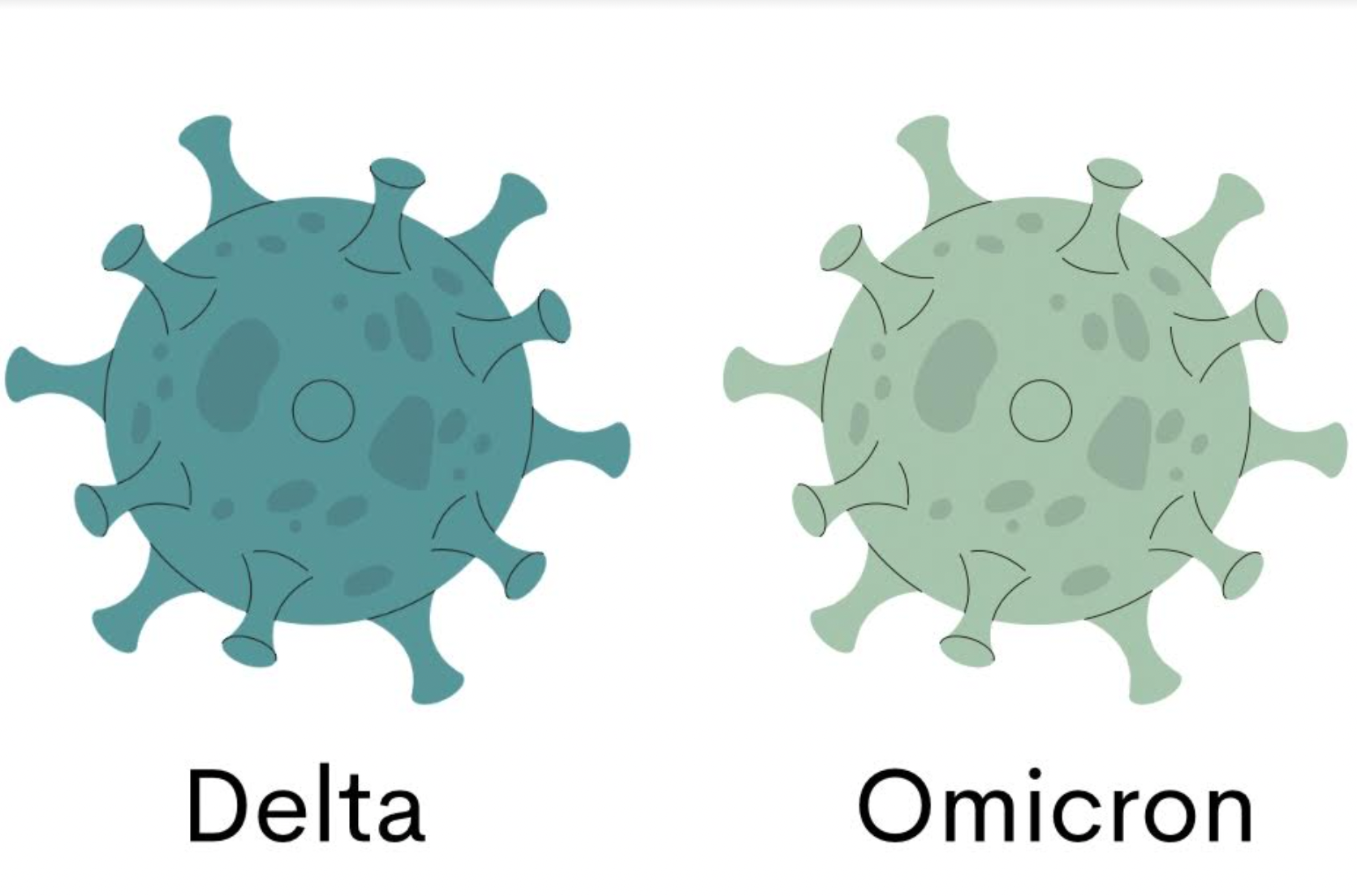Hair Loss in the Omicron Wave: How does it Compare to Prior waves?
Hair Loss is Less Common with Omicron Waves
COVID symptoms seem to occur at different rates in different waves. For instance, during the Omicron wave, users were more likely to report sore throat and hoarse voice and less likely to report symptoms like anosmia, fever, and persistent cough compared to the Delta wave.
Visconti et al 2022
In a new study, researchers from the UK set out to investigate whether the frequency and duration of symptoms differed during Delta and omicron waves of the COVID 19 pandemic.
They performed a retrospective study, looking at self-reported data from 348,691 UK users of the ZOE COVID Study app. The specifically looked at five cutaneous manifestations of SARS-CoV-2 infection – red/purple sores or blisters on the feet or toes (acral rash), strange, unpleasant sensations like pins & needles or burning (burning rash), rash on arm or torso (erythematopapular rash), red, itchy welts on the face or body or sudden swelling of the face or lips (urticarial rash), and unusual hair loss. The authors also investigated whether vaccination had any effect on symptom frequency.
THE ZOE APP
Users of the ZOE COVID Study app were recruited through social media and included anyone able to download and used the app. The app collects information on sex, age, ethnicity, height, weight, common diseases a person might have, and the use of medications (e.g., corticosteroids and immunosuppressants). Users have the opportunity to provide daily updates on the presence of 33 COVID-19-related symptoms including five cutaneous manifestations: red/purple sores or blisters on the feet or toes (acral rash), strange, unpleasant sensations like pins & needles or burning (burning rash), rash on arm or torso (erythematopapular rash), red, itchy welts on the face or body or sudden swelling of the face or lips (urticarial rash), and unusual hair loss.
Users could self-report if and when they had a SARS-CoV-2 test and document in the app how it was performed (e.g., PCR swab, lateral flow test [LFT], antibody testing), and then update the result. Users could also log vaccination data.
RESULTS
348,691 UK users were included in the study. There were 42,299 SARS-CoV-2 infections during the Delta wave, and 75,580 during Omicron. Burning skin rash, fever and cough were more common in delta waves than during the omicron waves. Most skin manifestations (except acral rash) lasted longer in delta than omicron waves. Symptoms occurred after 6 days for delta and 5 days for omicron. Interestingly, symptoms were similar in vaccinated and unvaccinated except burning skin rashes were lower in vaccinated individuals. Skin manifestations were more common in delta (17 % vs 11 %) and lasted longer .
Hair loss in Delta and Omicron waves
2.4 % of those with COVID infection self-reported hair loss with Delta infection compared to 0.8% with omicron. Hair loss during the Delta wave was much more predictive of a prior COVID positive result than hair loss during the Omicron wave. In fact, patients with hair loss during the omicron wave were less likely to have a prior COVID positive result than patients who did not have hair loss.
Uring Delta waves, patients with unusual hair loss had a two fold higher chance of having a positive test result a few months prior than someone without hair loss. During the omicron wave, patients with unusual hair loss actually had a lower chance of testing positive a few months prior.
The main conclusion here is that skin symptoms are less common with omicron than delta waves. Hair loss itself is much more relevant during the delta wave than the omicron wave.
REFERENCE
Visconti A et al. Cutaneous Manifestations of SARS-CoV-2 infection during the Delta and Omicron waves in 348,691 UK users of the UK ZOE COVID Study App. Br J Dermatol . 2022 Jul 22;10.1111/bjd.21784.
This article was written by Dr. Jeff Donovan, a Canadian and US board certified dermatologist specializing exclusively in hair loss.


